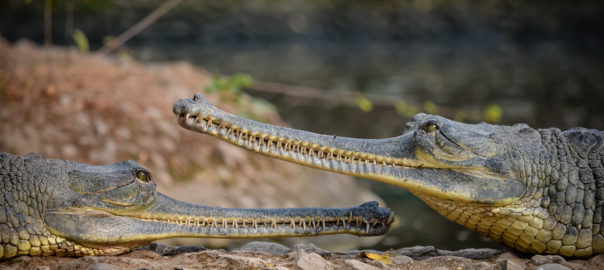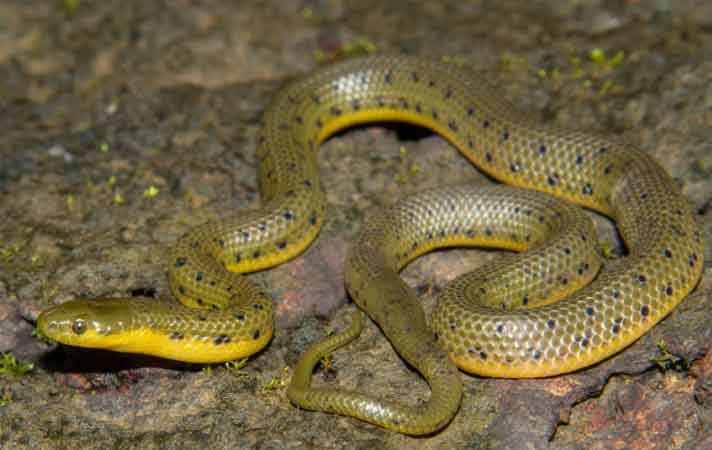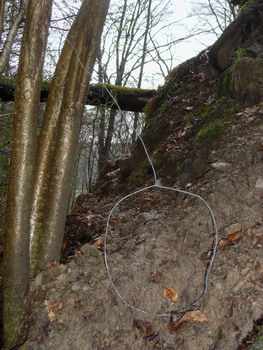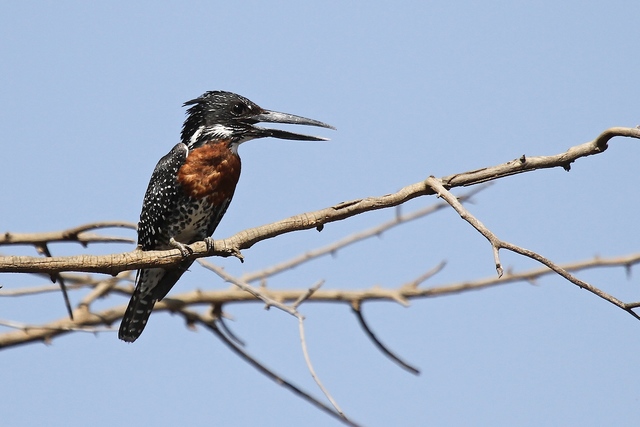There is grim news about freshwater animals. According to the first comprehensive study on big river animals, populations of the great fauna that once dominated the world’s rivers and lakes have crashed in the last 50 years. Over 126 species spanning 72 countries in Europe, Asia and North Africa, were assessed by scientists, and found that numbers had plummeted by an average of 88%.
The species under the radar include Mekong giantfish, stingray, European sturgeon and the Indian gharial. Scientists warn that these large animals are fighting extinction and may not survive if urgent actions are not taken to save them.
According to Zeb Hogan from the University of Nevada, US, a member of the research team. “The results are a wake-up call to us about the plight of these species. Many of them are at risk of extinction, and almost all of them need our help. It’s a race now to see what can be understood and protected before it’s too late.”
Also Read: Freshwater Crocodiles Back from the Brink of Extinction in Majira River
Keystone Species under threat
Some of the species such as the beavers that are facing existential crisis are important indicators of the habitat and are known as the keystone species
They play a critical role on maintaining the structure of an ecological community, affecting many other species and in balancing the ecosystem. The loss of such species can have a cascading effect on all the flora and fauna and people dependent on the waterways for a living.
Endangering bigger animals in turn endangers smaller creatures and plants. Disruption of delicate food chains causes damage, as does the loss of pools maintained by beavers and crocodiles.
The researchers found that the Eurasian beaver has lost more than half its previous range, although it is being reintroduced into the UK, Czech Republic, Estonia, Finland and elsewhere.
Depleting giant fish population
Another example is the Mekong River in Southeast Asia which is the abode of most number of giant fish species than any other river on Earth like the world’s largest catfish, which can weigh almost 300kg (661lb), and the biggest carp and freshwater stingray species. All of these species are now classified as critically endangered, one step from extinction.
Hogan, having worked here for over 2 decades says that the number of giant fish species here have dropped to nearly zero due to the rapidly increasing human population.
Global phenomenon
What is scary, is that the rapid loss of river giants is not happening in a single location but all across the world.
River giants are defined as species weighing more than 30kg and from sting rays, to dolphins, beavers to otters, most freshwater river systems are seeing a decline of almost 90% of the population of the species.
“The once very common European sturgeon has been extirpated from all major European rivers, except the Garonne in France,” the researchers report in the journal Global Change Biology, meaning its range has shrunk by 99%.
The causes listed for the decline of big fauna globally are the following:
• Killing of animals for meat, skin and eggs
• Over utilisation of freshwater for crops
• Construction of dams
• Pollution
The study noted that two-thirds of the world’s great rivers no longer run freely.
Also Read: Lack of Data pushing Western Ghat Freshwater Crustaceans towards Extinction
“The anticipated escalation of dangers facing mega‐fish in basins such as the Amazon, Congo and Mekong due to the boom in hydropower dam construction is very worrying”, said the researchers.
Large animals usually need large ranges and dams block migration routes and access to feeding grounds.
Indian Freshwater Giants
India’s national aquatic animals, the Ganges River dolphin lives in one of the world’s most densely populated areas, and is threatened by removal of river water and siltation arising from deforestation, pollution and entanglement in fisheries nets. In addition, alterations to the river due to barrages are also separating populations.
The Indian Gharial is a unique species found only in the country. The main threats to this species are river pollution, dam construction, and massive-scale fishing operations. Other serious problems include illegal sand mining, which destroys gharial egg-laying grounds, and poaching.
The research shows that freshwater animals are declining much faster than land animals.
“Biodiversity loss is one of the biggest challenges facing our planet, leading to the erosion of ecosystem services (such as food and clean water) and threatening human well being,” the researchers warned.
Also Read: Our Neighbourhood Otters Need Saving from the Global Fur Trade
Some scientists opine that the Earth is at the start of a sixth mass extinction of life, the first one caused by a species – humans – rather than physical changes to the planet.
In May, a landmark report warned the destruction of wildlife was damaging the foundations of economies, livelihoods, food security, health and quality of life worldwide.






2 thoughts on “Giant Freshwater Animals Headed Towards Extinction”